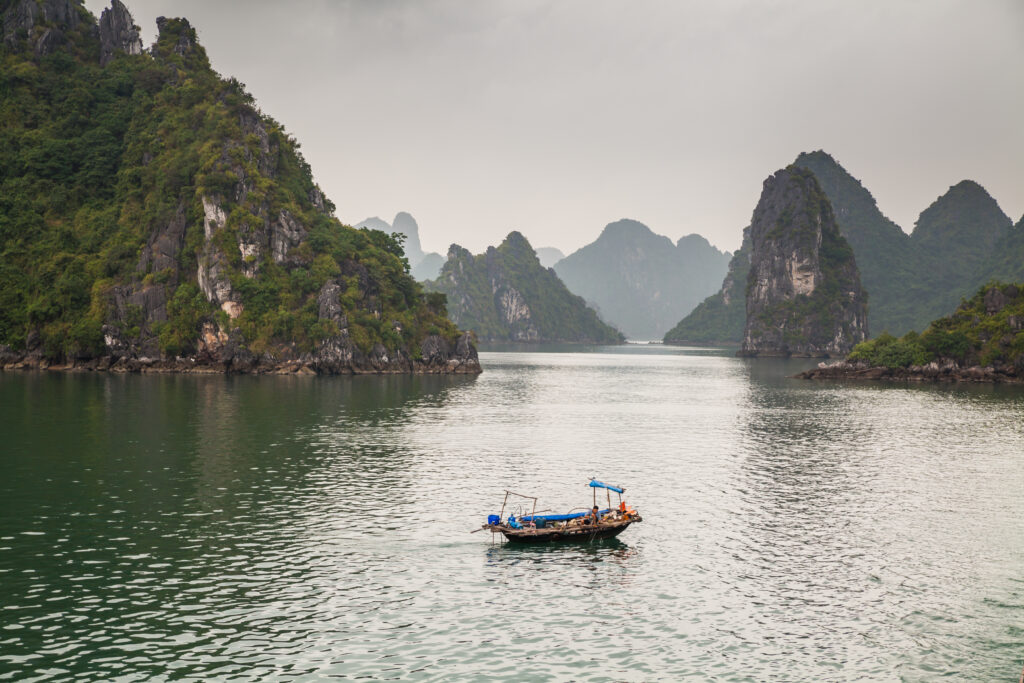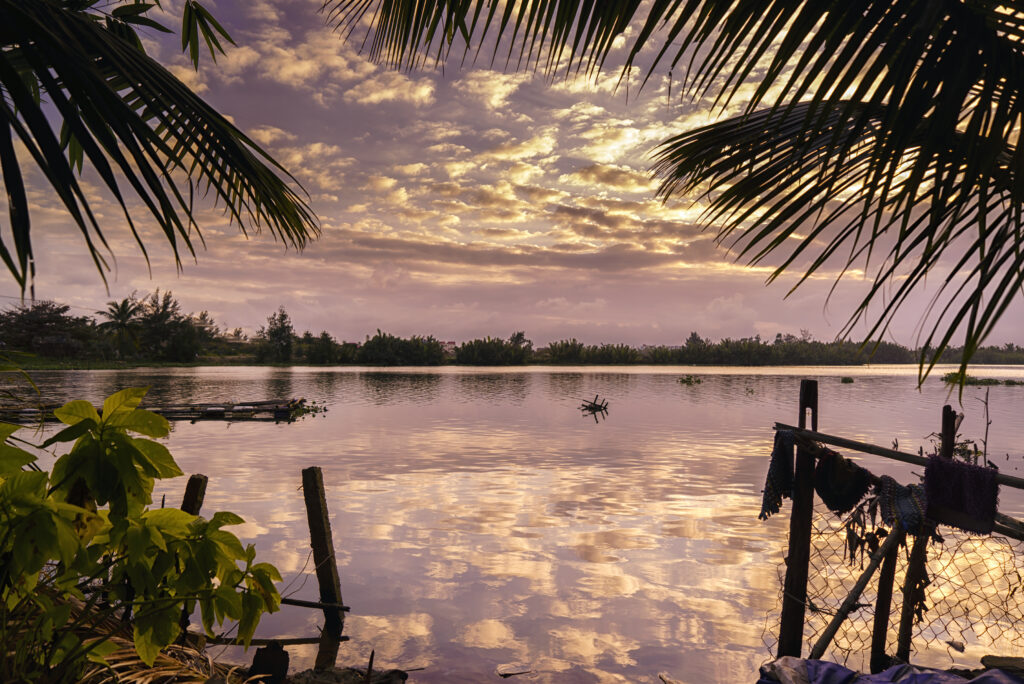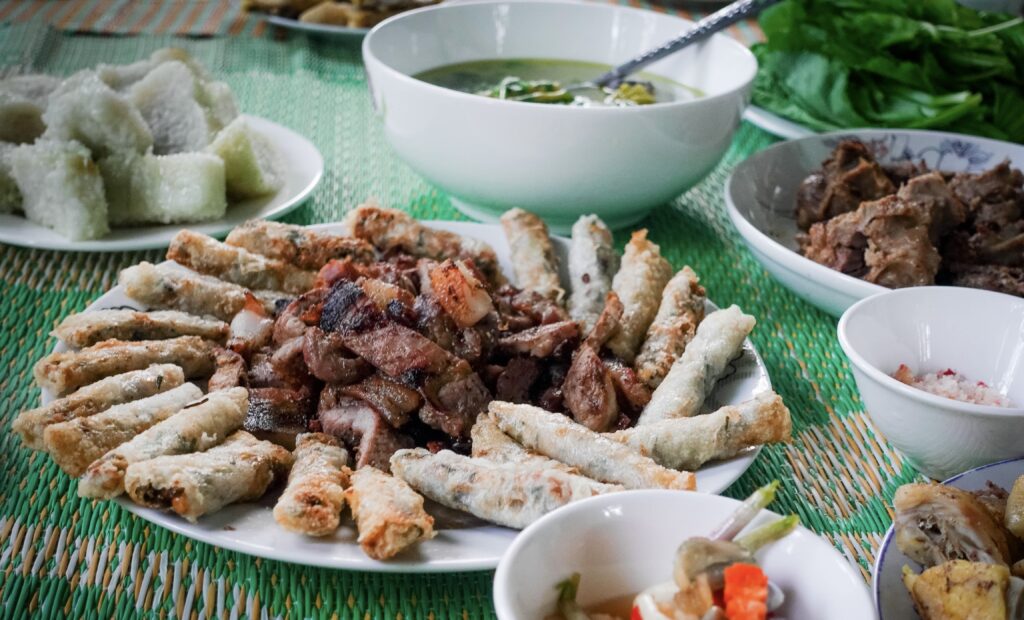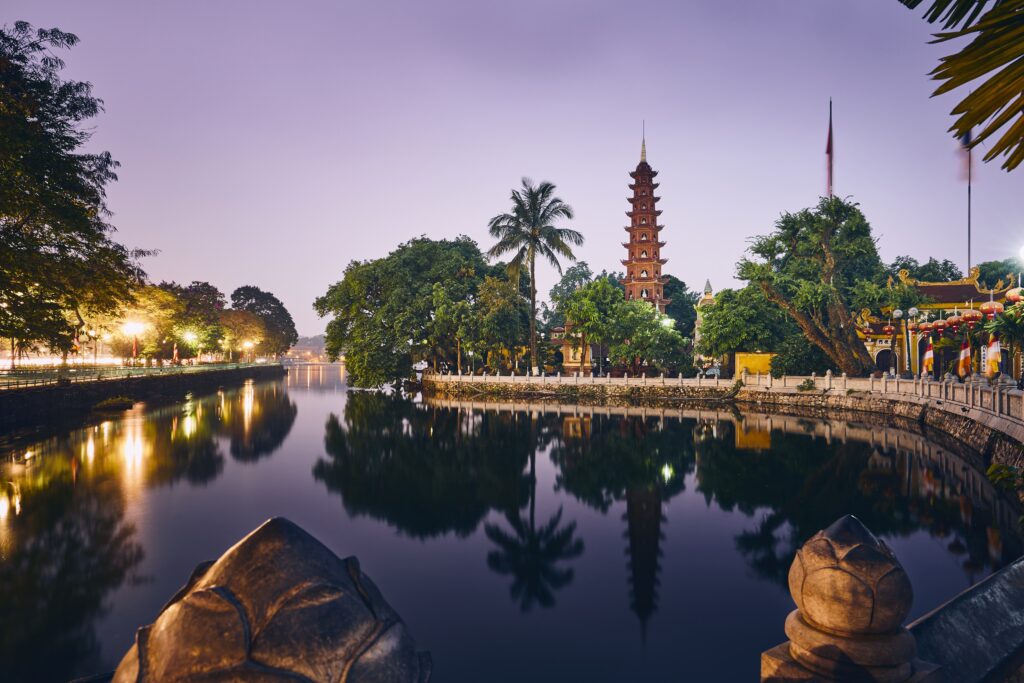- DREAMHOLIDA LIMITED 14 SEDDON STREET MANCHESTER M12 4GP
- Working Day : Monday - Firday (9AM - 5PM)

VIETNAM
Vietnam, a captivating Southeast Asian nation, is celebrated for its rich history, diverse cultures, and stunning landscapes. From the bustling streets of Hanoi, where ancient traditions meet modern life, to the breathtaking rice terraces of Sapa and the vibrant markets of the Mekong Delta, Vietnam offers a wealth of experiences for travelers.
The country’s cuisine is renowned for its fresh and flavorful dishes, such as pho, banh mi, and spring rolls, which reflect the local ingredients and culinary traditions. Vietnam’s historical narrative is deeply rooted in its museums, landmarks like the Cu Chi Tunnels, and revered sites such as the Temple of Literature in Hanoi, all showcasing the influences of colonization and conflict.
Whether trekking through the scenic countryside, relaxing on beautiful beaches, or exploring lively urban areas, Vietnam enchants visitors with its natural beauty and rich cultural heritage, making it a must-visit destination for any traveler.
Weather
Vietnam’s climate is influenced by its diverse geography, resulting in distinct weather patterns across different regions.
Northern Vietnam (Hanoi): This region experiences four distinct seasons. Summer, characterized by high temperatures and humidity, typically lasts from May to August. Winter, running from November to February, can be quite chilly, especially in the evenings. The rainy season occurs in late summer and autumn.
Central Vietnam (Hue, Hoi An): This area has a tropical climate, with a hot and dry season from February to August. The rainy season, which lasts from September to January, brings heavy rainfall, especially in October and November.
Southern Vietnam (Ho Chi Minh City): Southern Vietnam has a more stable tropical climate, experiencing high temperatures throughout the year. The region has a rainy season from May to November, when heavy rains can occur, particularly in the afternoons.
Given the significant regional variations in weather, it’s wise for travelers to check the local forecast for their intended destinations to ensure they pack appropriately for their trip.

Food and Culture
Vietnam is celebrated for its flavorful and diverse cuisine, shaped by its rich cultural heritage. The essence of Vietnamese cooking lies in fresh ingredients, aromatic herbs, and a balanced blend of flavors. Renowned dishes include fresh spring rolls filled with herbs and vegetables, banh mi—a delightful sandwich with a variety of fillings—and pho, a savory noodle soup with an aromatic broth, all of which have gained international acclaim. The culture is deeply rooted in traditions such as honoring elders, ancestor worship, and community values. Vibrant celebrations, like Tet (Lunar New Year), feature dragon dances, fireworks, and regional delicacies. Vietnamese art showcases the country’s creative talents through mediums like silk painting and water puppetry. Known for their warm hospitality and strong familial bonds, the people of Vietnam enhance the charm of the nation’s culinary and cultural landscape.


Major Cities
HANOI:
Hanoi, the captivating capital of Vietnam, is steeped in culture and history. The city beautifully combines medieval charm with modern vibrancy, featuring serene lakes, ancient temples, and bustling streets filled with motorbikes. The main gateway to this lively city is Noi Bai International Airport, which connects travelers from around the globe to Hanoi’s unique attractions. Located about 45 minutes from the city center, Noi Bai Airport offers modern facilities and convenient services, making it an ideal starting point for exploring Hanoi’s rich heritage and the warmth of its people.


HO CHI MINH CITY:
Ho Chi Minh City, formerly known as Saigon, is a vibrant city in southern Vietnam, rich in culture and history. The primary airport serving this bustling metropolis is Tan Son Nhat International Airport, which connects travelers to the dynamic urban landscape and cultural landmarks of the city. Conveniently located near the city center, Tan Son Nhat Airport is a busy hub offering modern amenities and services to ensure a seamless travel experience. As the busiest airport in Vietnam, it plays a crucial role in linking Ho Chi Minh City with the rest of the world, welcoming guests with efficiency and warmth as they embark on their exploration of this lively city.

